5 Survival Plants Every Forager Should Know
Wild edible plants are nature’s survival kit. In the heart of the wilderness or even amidst urban jungles, nature offers a bounty of hidden treasures that can sustain us when all else fails. Wild plants provide sustenance, nutrition, and offer the opportunity to deepen our connection with Mother Earth.
Learning to identify wild plants is a survival skill worth acquiring. When foraging for wild plants, it’s essential to be absolutely certain of the plant’s identity, as some edible plants have poisonous look-alikes. Always consult a reliable field guide or learn from an experienced forager before consuming wild plants. Additionally, always perform an edibility test in matters of survival and otherwise.
Survival Plants to Know About:
- Cattail
- Chickweed
- Wild Garlic
- Dandelion
- Plantain
5. Cattail (Typha angustifolia)
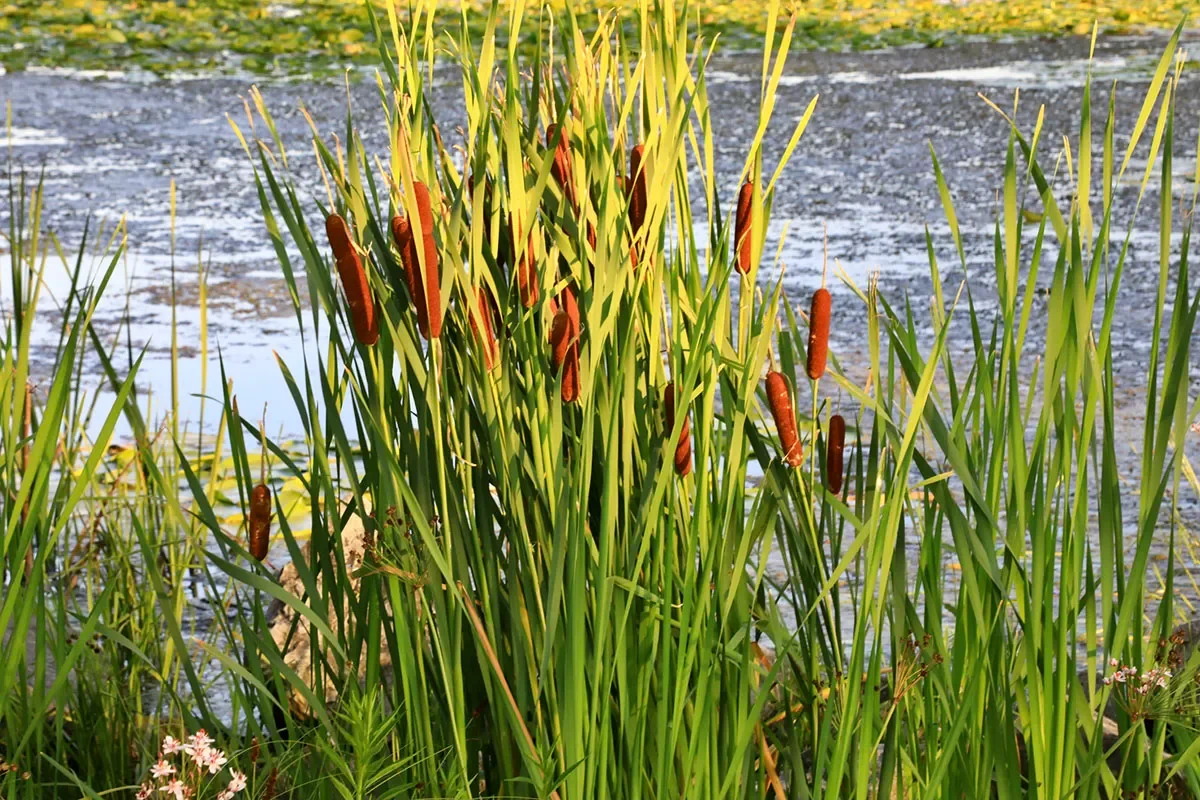
One of the most easily found plants to forage, cattails are found in wetlands and have multiple edible parts. They are also great plants to forage in winter. The young shoots can be peeled and eaten raw or cooked like asparagus, and the roots can be harvested, cleaned, and cooked as a starchy vegetable. The pollen from mature cattail heads can be used as a nutritious flour substitute.
Cattails are tall, aquatic plants found in rice fields, marshes, ditches, and canals. Looking frightfully like a corn dog, cattails have a brown-red rounded and fleshy stem, and they are appropriately nicknamed “sausage tail.” They do have look-alikes, including broadleaf reedmace. Other look-alikes to watch out for are sweet flag and pampas grass.
4. Chickweed (Stellaria media)
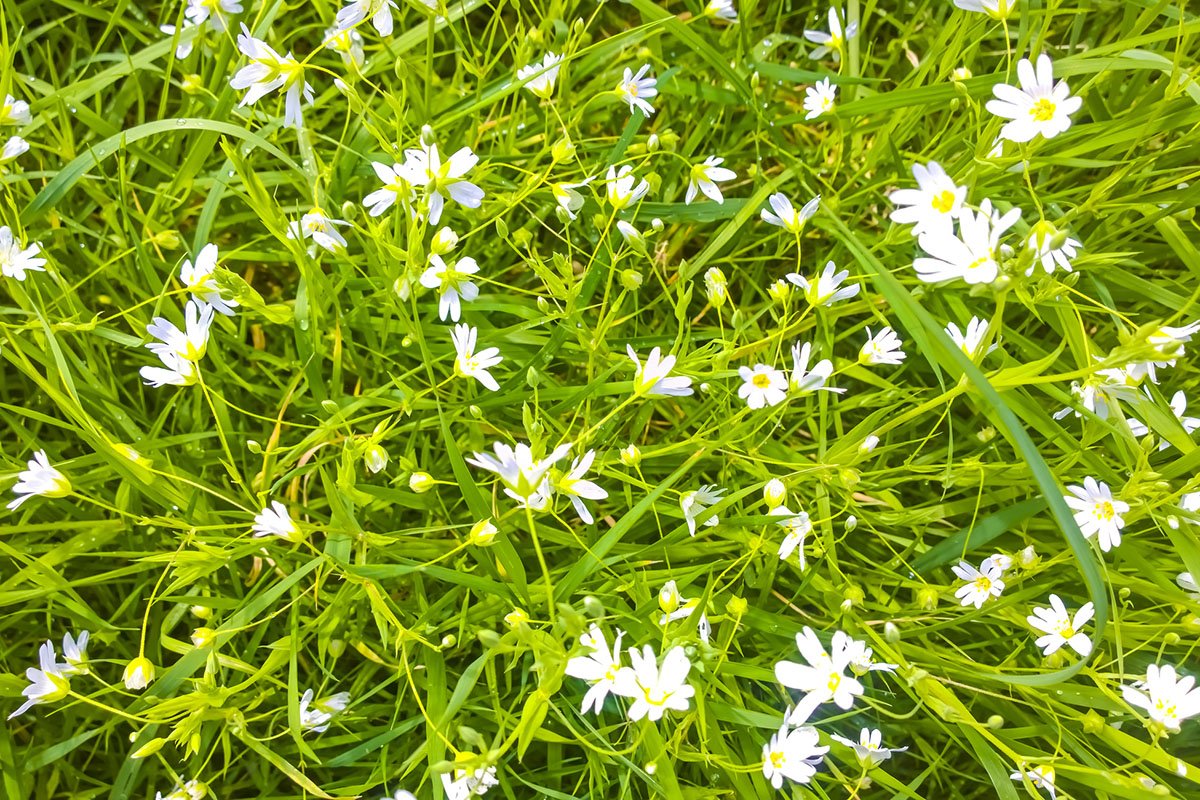
Chickweed is a low-growing, delicate plant with small, oval-shaped leaves. It can be found in gardens, lawns, and other disturbed areas. Chickweed leaves and stems are edible and can be added to salads or cooked as greens. It has a mild, slightly sweet flavor and is rich in vitamins and minerals, including vitamin C and calcium.
Learning to identify chickweed is essential. Even though it’s common, it can be difficult to identify. Chickweed has very simple leaves without teeth and are smooth. They grow opposite from each other and clasp directly to the stem.
Chickweed look-alikes to know about include the toxic scarlet pimpernel, which can be identified by examining the underside of the leaves and noticing the difference between true chickweed and scarlet pimpernel. Other look-alikes include mouse-eared chickweed and petty spurge.
3. Wild Garlic (Allium ursinum)
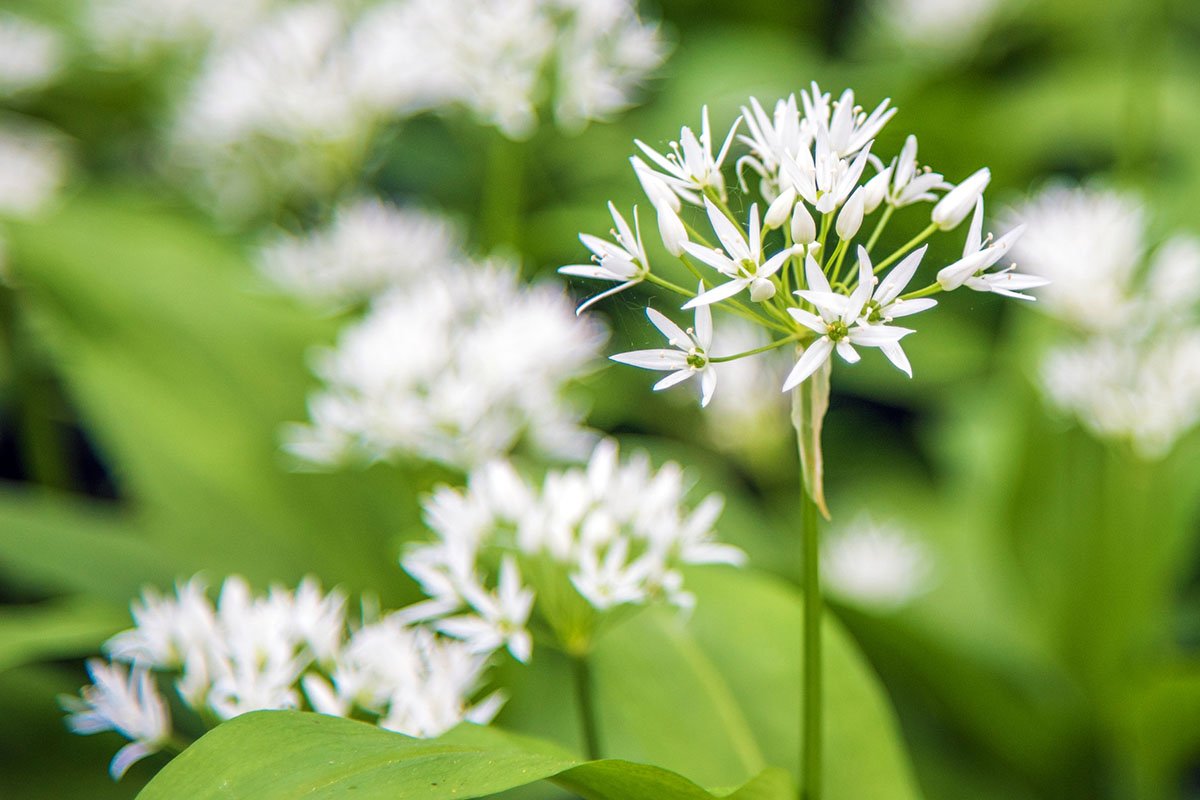
Wild garlic, also known as ramps or ramsons, has a strong garlic flavor. Use the leaves in salads, pesto, or as a seasoning in various dishes. Wild garlic is abundant in early spring and can be found in woodlands and moist areas.
Follow your nose to identify wild garlic, which grows in clumps. Rub a leaf between your fingers and sniff it. (Don’t pull up bunches of plants; choose individual leaves and identify them carefully.) Smell for a fusion between garlic and chives. The leaves are broad and come to a point.
Similar plants often grow nearby but won’t smell of garlic. Common look-alikes like lily of the valley or autumn crocus are worth knowing about. Lily of the valley is poisonous and looks very similar to wild garlic.
2. Dandelion (Taraxacum officinale)
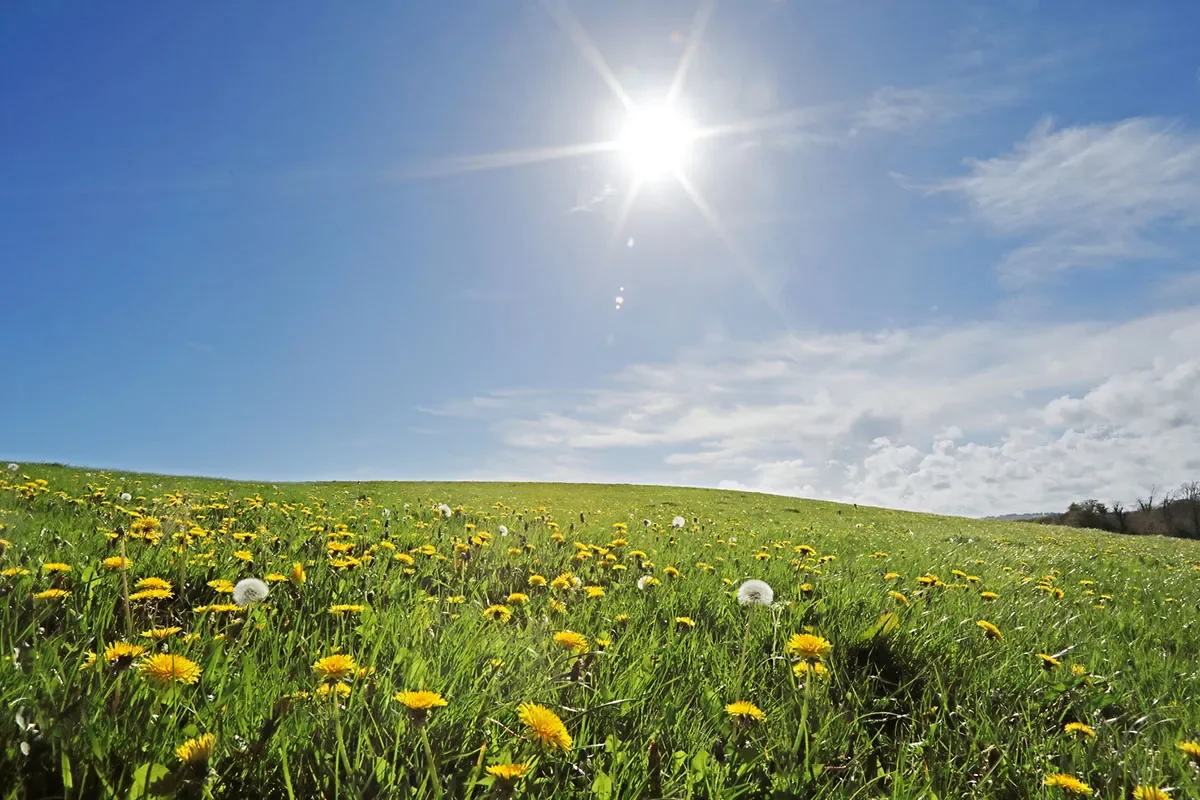
All parts of the dandelion plant are edible, including the leaves, flowers, and roots. Dandelion greens are rich in vitamins and minerals and can be eaten raw in salads or cooked as a side dish. The flowers can be used to make dandelion wine, and the roots can be roasted and ground as a coffee substitute.
Called the Irish daisy, lion’s-tooth, cankerwort, monk’s-head, priest’s-crown, and blowball, the nicknames for dandelions go on for days. Dandelions emit a milky sap when broken open and have a hollow stem. The leaves are soft but have no hairs, coming off of a basal rosette.
Look-alikes are often all called “false dandelions,” and there are many plants that fall under that name. Hypochaeris radicata, also known as “cat’s ear,” is the plant most commonly attributed to false dandelion.
Other Dandelion Look-alikes:
- Crepis
- Hawkweed
- Leontodon
- Desert Chicory
- Scorzoneroides
- Coltsfoot
1. Plantain (genus Plantago)
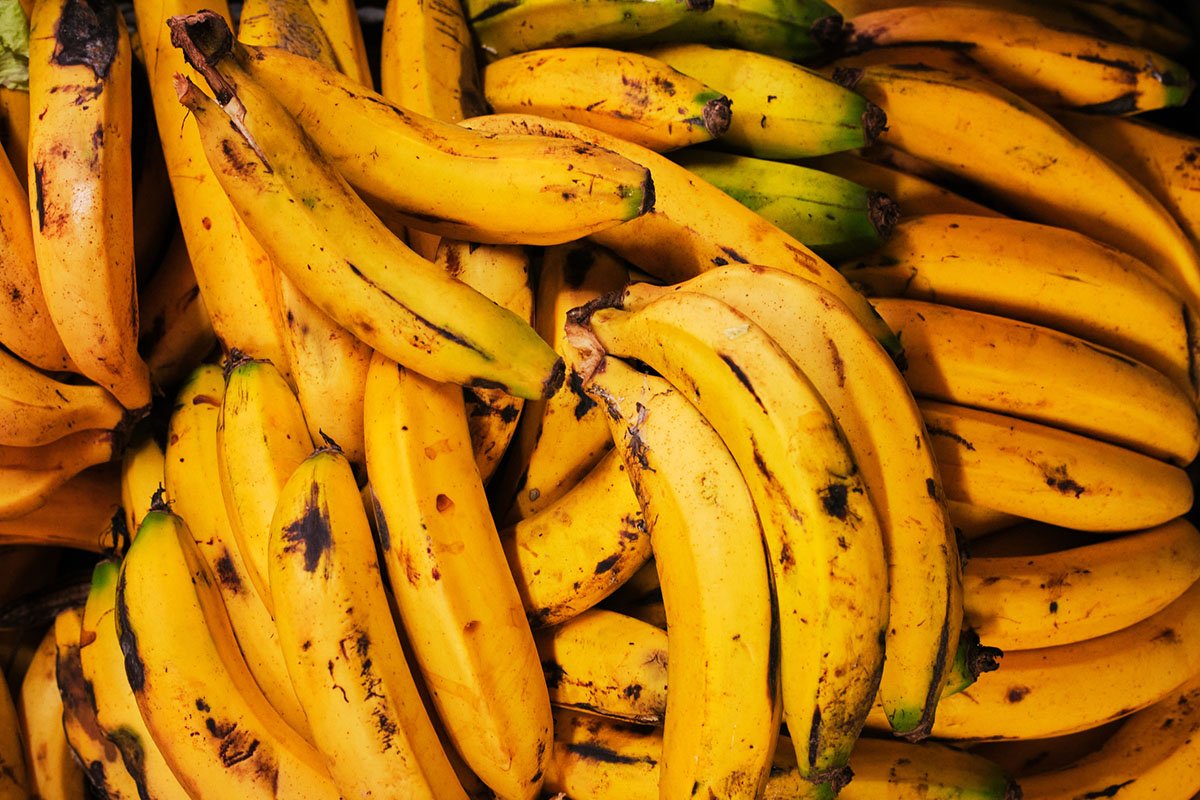
Plantain is a common, low-growing weed with edible leaves that are often found in lawns and meadows. The leaves can be eaten raw in salads or cooked as greens. Plantain leaves have medicinal properties and can be used to soothe insect stings and minor skin irritations.
Broadleaf plantain has oval or egg-shaped leaves with veins starting at one point in the stem. There are no spines on the edges of the leaf, but they may appear wavy on closer inspection. From April to September, wild plantain can have a flower spike that can be used similar to psyllium husk.
Many types of plantain are edible and worth getting to know, including narrowleaf plantain, Rugel’s plantain, blackseed plantain, and ribwort plantain.
There are no known toxic look-alikes of wild plantain, but plants that look similar when foraging include hosta, wild banana, arrowroot, canna lily, and elephant ear.
Source: https://outdoors.com/survival-plants-every-forager-should-know/






